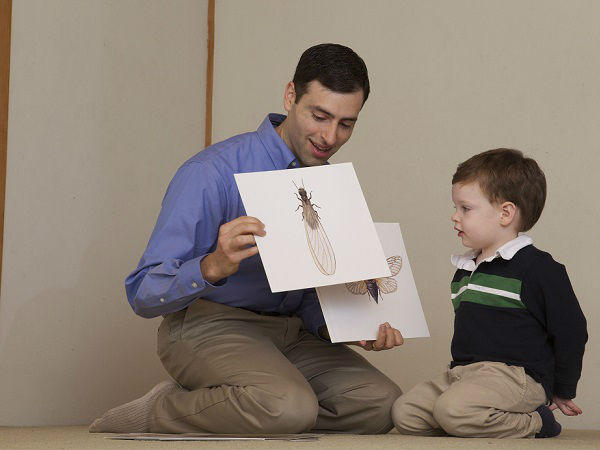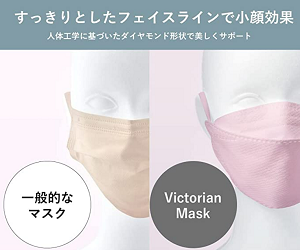When the baby sucks, repetitive sucking movements for a long time make the nipples stretched, creating painful cracks, even bleeding, many mothers are very afraid of breastfeeding, even do not dare to breastfeed due to too much pain.
The following article will introduce ways to overcome the uncomfortable problems of breastfeeding mothers
1 . Cracked nipples (also known as cracked nipples)
Chicken neck fractures are very common in mothers who breastfeed their babies, but the reason is that when the baby is suckling, the baby does not completely suck on the areola, but only on the head of the breast. When the baby sucks, repetitive sucking movements for a long time make the nipples stretched, creating painful cracks, even bleeding, many mothers are very afraid of breastfeeding, even do not dare to breastfeed due to too much pain. In addition, cracked chicken neck can also occur because you feed your baby during teething, so baby's teeth cut into the nipples, causing scratches. To prevent and remedy this situation, mothers should:
When trying to put your baby's mouth in so that the baby's mouth is fully engulfed, you should be aware that you need to bring your baby's mouth to fully engulf the areola, not your nipples.
After feeding, you can wipe the breast clean and apply ointment to reduce the burning pain
Place a heating pad on your nipple if it is very painful.
If you have severe cracked nipples that cause bleeding, burning pain and do not dare to breastfeed, you can temporarily use a breast pump to breastfeed, then wait until the crack heals, then breastfeed properly.
If the cause of the nipple fracture is determined by the wrong breast feeding, you should correct it.
2. Breast pain caused by engorgement
The obvious sign of this condition is that the nipples will be tense and cause swelling and soreness for the mother. The reason may be that the mother's body produces too much milk to exceed the baby's need to suck, the milk continuously poured in, causing the milk tissue to accumulate, causing pain. To overcome this problem, mothers can:
Continue to breastfeed at a distance of about 2 to 3 hours / time (about 8-12 times a day), in case the baby is full and the breast is still full and full of milk, the mother can express her milk to Limiting pain caused by milk retention.
In case it is not necessary, limit the use of a bra because it can cause pain and uncomfortable pressure in the chest. Specialized breast-feeding bras should be used.
Use a washcloth soaked in warm water for a gentle massage, helping blood vessels and milk tissue to circulate and reduce pain.
Usually breastfeeding, milking out, using a breast pump, massage massage will help mothers improve this pain.
3. Abdominal cramps and pain when breastfeeding
This situation is uncommon, but in some mothers it is common to feel a headache in the nipple and abdominal cramps in the early stages of breastfeeding. The reason is that when you suckle, your body produces a hormone that causes the uterus to contract compared to before birth. Nipple pain and cramping are not serious and only happen in the beginning, after a few days you should feel fine.
4. Clogged the ducts
This case is less common than cracked chicken neck, obstruction of the milk tube is blocked milk in the ducts not flowing, so it forms a hard mass in the chest causing pain, discomfort and because the milk does not flow. can be fed to the baby. There are many causes of ducts obstruction such as failure to clean the nipples after feeding a baby; Do not evenly massage the breasts to clear the milk jet ... If prolonged obstruction of the ducts can lead to infection and inflammation of the lymphatic vessels ... To prevent clogged milk, you need:
Clean the nipples after feeding your baby, do not let the milk build up and block the flow.
Use your hands to squeeze your chest to try to dissolve the lumped milk in the milk gland, this should be done slowly and repeatedly.
Use a hot pack at the right temperature to apply it to your chest, taking advantage of the heat from the pack to help dissolve the curdled milk.
The above methods can be combined for a faster effect. However, if you have applied the above methods and the milk rays still blocked, you should see your doctor at this time to avoid the situation becoming more complicated and difficult to treat.

Clean the nipples after feeding to avoid condensation that clogs the ducts.
5. Breast Infections and é p car
This is a serious condition caused by many reasons, possibly the result of a blocked milk gland for a long time causing inflammation, possibly due to infected chicken neck cracks ... causing infection of the breast. . One of the simplest signs of an infection is redness, soreness in the breast area, and possibly fever. When you have these signs, you need to go to a doctor to be treated promptly because if not treated in time, the breast infection will become more serious and lead to a breast vest (a condition with pus in the breast). . To treat infection and squeezing a breast car, take note:
Go to the doctor and take medication as prescribed by the doctor, there are some drugs that can still be used to breastfeed normally.
When squeezing the car with pus, to go to the medical facility to drain the pus.
Do not breastfeed if the breast has been squeezed until the condition is completely treated
Use a washcloth / pack to relieve pain.
Pay attention to the possible causes of breast infection to avoid getting it. In the case that the mother has had obstructive inflammation of the milk gland or cracked the chicken neck, it should be taken care of early to improve the situation, avoid infection and squeeze the car.












